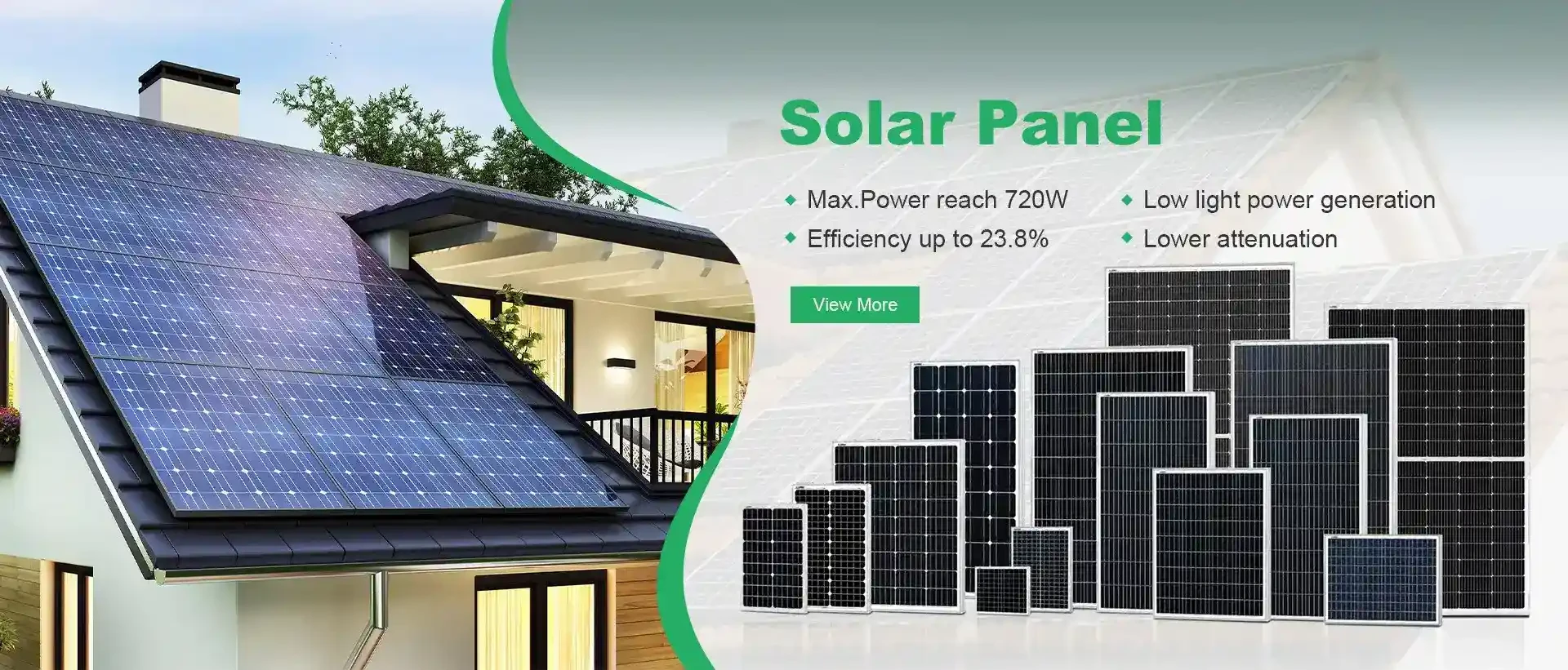efficiency of solar panels on cloudy days
The Efficiency of Solar Panels on Cloudy Days
As the world moves towards renewable energy solutions, solar power stands out as one of the most widely adopted technologies. However, the effectiveness of solar panels often comes under scrutiny during overcast conditions. Many potential users wonder, “How efficient are solar panels on cloudy days?” Understanding the performance of solar panels in less-than-ideal weather is crucial for promoting their use and optimizing energy production.
Solar panels operate by converting sunlight into electricity, using photovoltaic (PV) cells made from semiconductor materials. These cells absorb photons from sunlight, which then energize electrons, creating an electric current. While it’s clear that solar panels perform best on sunny days, it's essential to note that they can still generate power under cloudy conditions, albeit at a reduced efficiency.
The Efficiency of Solar Panels on Cloudy Days
One significant factor that influences solar panel performance on cloudy days is the type of light that penetrates the clouds. Even when the sky appears overcast, diffused sunlight can still reach the solar panels. Diffused light is effectively scattered and can illuminate solar cells, allowing them to generate some energy. Research has shown that clouds can actually enhance energy production in certain scenarios, particularly where a clear sky allows for intense sunlight that can lead to overheating. The reflective nature of clouds can moderate temperature, improving the overall efficiency of the systems.
efficiency of solar panels on cloudy days

Moreover, advances in solar technology have improved the resilience and efficiency of solar panels under varying environmental conditions. For example, modern bifacial solar panels can capture light from both sides, allowing them to harness reflected sunlight from the ground, which can be particularly advantageous in cloudy weather. Additionally, innovations in thin-film solar technology enable these panels to have better performance in low-light conditions compared to traditional rigid panels.
The long-term viability of solar energy systems is bolstered by the understanding that they can indeed function efficiently during less sunny periods. For countries with temperate climates that experience prolonged overcast days, integrating battery storage can optimize the use of solar energy. By storing energy generated on sunnier days, households can draw from that reserve during cloudy days, ensuring a more consistent power supply.
Moreover, the installation of solar panels should not only be viewed in the context of immediate energy production. Over time, the cumulative energy output of solar panels during cloudy days can contribute significantly to overall climate goals. As part of a diversified energy portfolio, solar energy can meet end-user demands, reduce reliance on fossil fuels, and support broader sustainability initiatives even when faced with less than ideal weather.
In conclusion, while it is a common misconception that solar panels are ineffective during cloudy weather, they are indeed capable of generating a meaningful amount of electricity under such conditions. With ongoing advancements in technology, solar energy remains a viable option even for regions with significant cloud cover. Investing in solar panels can be a prudent decision, not only for their efficiency during sunny days but also for their ability to adapt to varying weather conditions, fostering a sustainable energy future. Embracing this renewable energy source helps pave the way for a cleaner, greener planet, while also empowering consumers to take control of their energy needs, rain or shine.
-
Unlocking Energy Freedom with the Off Grid Solar InverterNewsJun.06,2025
-
Unlock More Solar Power with a High-Efficiency Bifacial Solar PanelNewsJun.06,2025
-
Power Your Future with High-Efficiency Monocrystalline Solar PanelsNewsJun.06,2025
-
Next-Gen Solar Power Starts with Micro Solar InvertersNewsJun.06,2025
-
Harnessing Peak Efficiency with the On Grid Solar InverterNewsJun.06,2025
-
Discover Unmatched Efficiency with the Latest String Solar InverterNewsJun.06,2025







